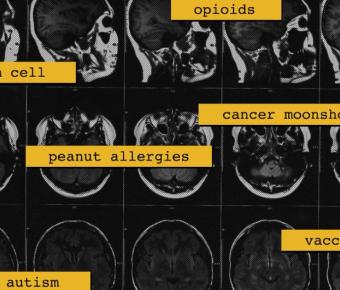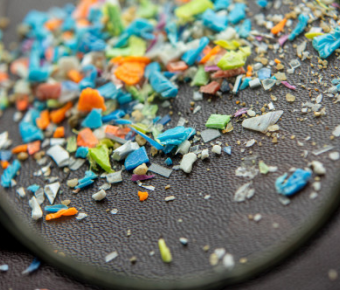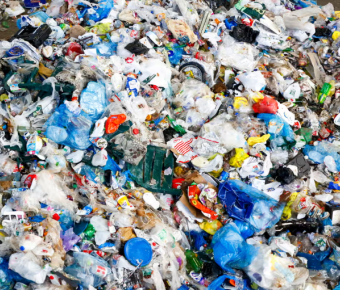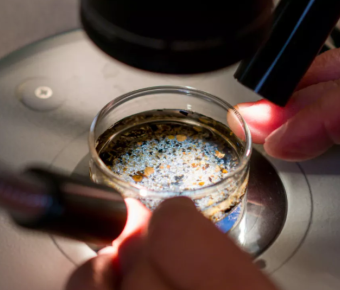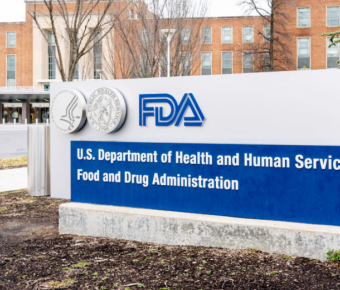Employees at the National Cancer Institute, which is part of the National Institutes of Health, received internal guidance last week to flag manuscripts, presentations or other communications for scrutiny if they addressed “controversial, high profile, or sensitive” topics. Among the 23 hot-button issues, according to internal records reviewed by ProPublica: vaccines, fluoride, peanut allergies, autism.
Two bills in Congress would prohibit the Environmental Protection Agency from using hundreds of chemical assessments completed by its IRIS program in environmental regulations or enforcement.
Formaldehyde, the chemical of choice for undertakers and embalmers, is also used in products like furniture and clothes. But it can also cause cancer and severe respiratory problems. So, in 2021, the Environmental Protection Agency began a new effort to regulate it.
A debate about whether black-colored plastic used in items including kitchen utensils could contain cancerous chemicals might be missing the point, according to experts.
Should you still be using black plastic? That was the question for many Americans after a study last year discovered high levels of flame retardants in cooking spatulas, sushi trays and kitchen peelers. Some news outlets urged consumers to throw out their black plastic spatulas, which could be contaminated with recycled electronic waste.
There’s been a marked shift in the types of diseases causing the most harm around the world over the past few decades. Chronic diseases like cancer, heart disease and metabolic disorders have overtaken infectious diseases like tuberculosis and cholera. It’s not genetics, age or lack of exercise driving the rapid rise in chronic disease, scientists at a new research center say.
Research into the disease has never been more far-reaching, but there is little consensus as to what is causing the rocketing rates of diagnosis in young adults.
Citing an “industrial epidemic of disease,” a group of scientists have launched an organization aimed at tracking and preventing diseases tied to pollution and products pushed by influential companies.
Tires and degrading garbage shed tiny pieces of plastic into the air, creating a form of air pollution that UC San Francisco researchers suspect may be causing respiratory and other illnesses.
Children are suffering and dying from disease that emerging scientific research has linked to chemical exposures, findings that require urgent revamping of laws around the world, according to a new paper published on Wednesday in the New England Journal of Medicine (NEJM).
A new review of roughly 3,000 studies has found that microplastics could be to blame for contributing to air pollution, respiratory issues, and additional health problems, including cancer and male and female infertility.
It's a disturbing thought: At this very moment, tiny crumbs of plastic are trickling through our bodies, a parade of unwelcome houseguests ready to take up residence in some tissue or organ.
Microscopic plastic particles in the air could be contributing to a wide variety of health problems, including lung and colon cancers.
Tires and degrading garbage shed tiny pieces of plastic which become airborne, creating a form of air pollution that’s not very well understood, a new review says.
People diagnosed with infertility and certain cancers may have to blame the very air they breathe, according to a new report that adds to evidence that tiny plastic particles in air pollution and other environmental sources could be causing these and other diseases and illnesses.
Scientists are calling for the incoming Trump administration to adopt a set of guidelines designed to ensure scientific integrity at federal agencies and loosen corporate influence on regulators charged with protecting Americans’ health.

